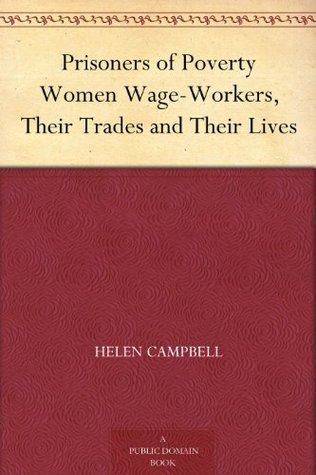The Working Women's League, which was created during the Civil War, was a part of the motivation for that emerging was the sewing machine. sewing we can think of as really being the paradigmatic example of women's work. Basically, all women learned to sew, and in a sense, because all women can do it, it almost devalued the labor in the market. So it made it very easy for people who hired women to sew a garment if the price wasn't low enough to find somebody else that could do it for cheaper. So this was kind of a long-standing problem, even going back to earlier in the 19th century. But with the spread of the sewing machine during the Civil War, the problem really intensified, and because with sewing machines women could sew so much faster, and do such a greater volume, it dropped the price even lower, and it made it even more difficult for women who might have been skilled seamstresses prior to the war, to earn a living.
the machine that looked as though it should have made women's work easier, and more productive, actually resulted in the opposite. It may have made it easier to do each individual garment, but then they had to produce so much more to make a living. ironically, it's this labor-saving device, but it actually ends u making women's labor conditions worse. It might make it easier for women to do their home sewing, for their families, but in terms of sewing as an income-generating activity, I would say it made it even more difficult for women. because sewing as an income-generated activity produced clothing that was so much cheaper, that eventually drove home sewing out of business. In other words, it didn't pay for women who could afford to do so, could just buy clothes for less than they could make them. As dearest Helen Campbell commented "Women might think that they're "emancipated now because they can buy underwear for their family instead of having to make it at home." But basically what she says is this emancipation of women who can afford these consumer goods, is actually linked to the enslavement, and she's using the term metaphorically, of women who are making these goods, who are earning such low wages, that they're what she calls prisoners of poverty.
